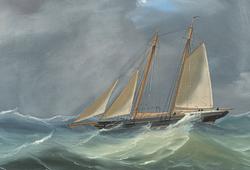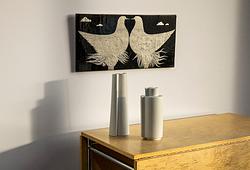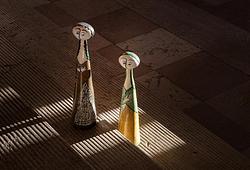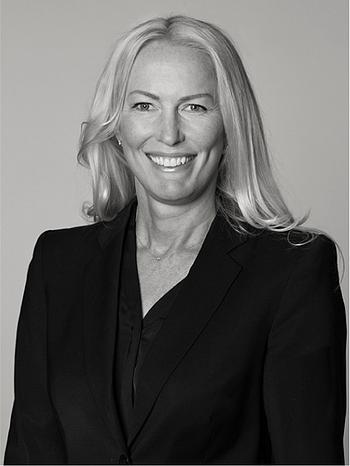Estrid Ericson
& Firma Svenskt Tenn, a lidded pewter jar, Stockholm, 1975.
Cylindrical jar with relief decoration of flowers, stamped with the angel mark and year stamp A10. Height 9 cm, diameter 8.5 cm.
Muut tiedot
The model was designed in 1975 based on an idea by Estrid Ericson. The mould for the flower motif and a sample of the can with a different knob are preserved in the collections of Svenskt Tenn. Bukowskis thanks Curator Per Ahldén and the Svenskt Tenn archive for this information.
Suunnittelijat
Interior architect and designer Estrid Ericson founded, together with Nils Fougstedt, the company Firma Svenskt Tenn in 1924. Initially, they designed innovative pewter objects and employed designers such as Björn Trägårdh, Uno Åhrén, Anna Petrus, and Tyra Lundgren. In 1927, Svenskt Tenn moved to Strandvägen in Stockholm, expanding its business to homewares, furniture, and textiles. During the first years, Åhrén and Trägårdh designed the furniture at Firma Svenskt Tenn. Still, this era ended when Estrid began her successful collaboration with Austrian architect Josef Frank in the early 1930s. Estrid Ericson had a unique position within interior design and drew inspiration from her many trips abroad.
Lue lisää















































